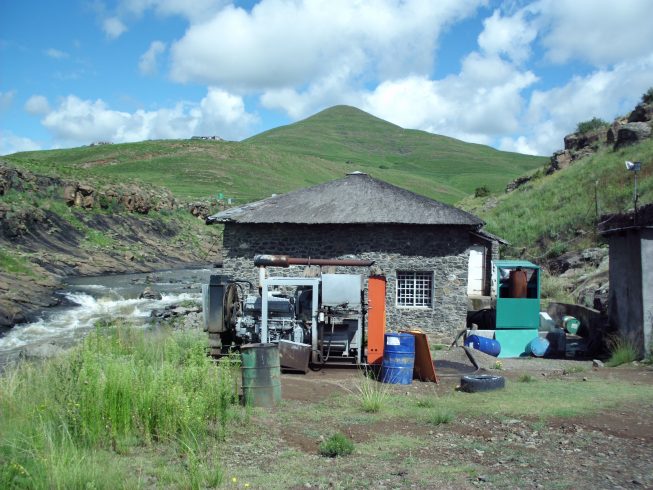
Traditionally, electricity supply on islands, in remote areas or in isolated industrial plants is often based on diesel generation. However, technology developments and lower costs of renewable energy sources like solar photovoltaic (PV), wind energy or hydropower, offer excellent opportunities for hybrid energy systems, writes Wim Jonker Klunne, Programme Director of the Energy & Environment Partnership Programme (EEP).
Hybrid power solutions transforming the sector
In remote rural areas in Africa, electrification through grid extensions is often not viable. The long distances involved and low electricity demand do not justify bringing the national grid to these places.
Traditionally, local mini grids powered by diesel generators have been the solution provided. However, from a cost perspective, nor from an environmental view point, diesel mini grids are a sustainable solution.
Retrofitting existing diesel power mini grids with a renewable energy based generator is currently taking place in several countries in Africa. Typically this will include the addition of a solar PV component.
The solar component will eliminate or reduce the use of the diesel generators during the time that the sun is shining (and consequently solar electricity is generated). The Kenyan government, for example, will retrofit a number of its diesel powered mini grids with a solar PV component.
Energy mix crossover
By retrofitting an existing diesel network, the diesel generation equipment will become the fall back scenario when the renewable energy generators are not able to generate power. This could be on a daily basis, as is the case with solar PV, but also on a seasonal basis.
The latter is the case in hybrid mini grids that rely on hydropower as the primary energy source. During low flow situations in the river that feeds the hydropower station, diesel generators can be used to ensure uninterrupted power supply.
An example of this is the Semonkong minigrid in Lesotho, established towards the end of the 1980s, that consists of a hydropower station that supplies power on a continuous basis during periods of sufficient flow in the river. During the dry period, a diesel generator takes over, albeit for specific periods during the day only.
A hybrid energy solution does not automatically mean a combination of fossil-based generation like diesel with a renewable energy source. More and more systems that rely on a combination of renewable energy sources are being deployed.
A typical example is the Titimane rural electrification project in Mozambique that combines solar PV with biomass gasification using pellets of cotton residue as feedstock, combined with the use of battery storage.
Another typical use of large scale diesel generation is the mining sector, in which the capital costs of diesel generators is typically included in the mine establishment costs. Specialised companies can offer energy supply solutions that incorporate hybrid systems with renewable energy sources without the associated increase in capital lay out.
For example, a 1MW solar PV plant at Cronimet’s chrome mine, in South Africa’s Limpopo Province, reduced the reliance of the mine on diesel generation. The solar plant will produce 1.8GWh of electricity annually, displacing 450,000 litres of diesel.
The hospitality industry also sees the value in the use of hybrid energy systems. Partly justified on costs, but to a large extend also to provide a green energy solution that is often expected by guests.
Integrating renewable energy sources into a previously fossil fuel based generation system, typically reduces operating costs and results in reduced greenhouse gas emissions as well.
Wim Jonker Klunne has over 25 years of work experience in the energy sector in southern and east Africa. Currently he is the Programme Director of the Energy & Environment Partnership Programme, a challenge fund that has provided grant funding to over 200 renewable energy and energy efficiency projects in the southern and eastern African regions.




